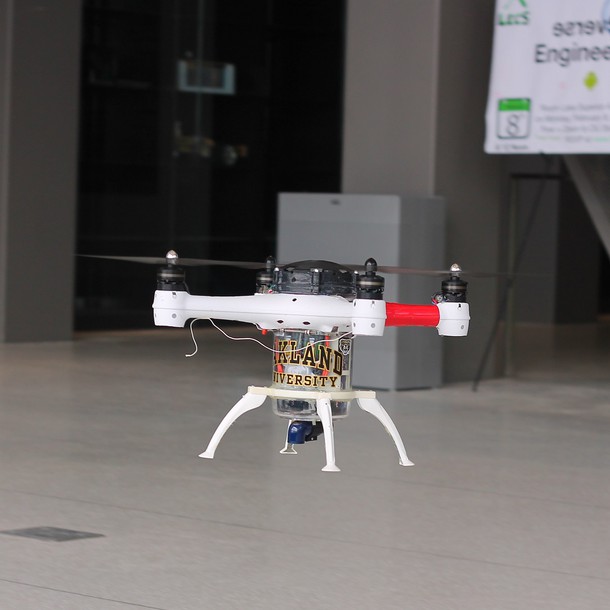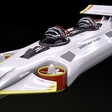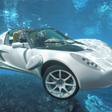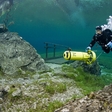
This is the first multi-rotor drone to successfully fly, operate on the surface of water and dive!
The Aerial-Surface-Underwater Reconnaissance Drone Loon Copter was named after a diving duck, which is commonly found in Michigan, where the developers work. According to Oakland University team, this is the first drone of its kind that has - as a prototype - successfully demonstrated full operation in air, on and below water surface.
In air, the Loon Copter acts the same as any other traditional drone, however, what makes it special is the fact it can float and move on the water as well as dive beneath the surface to act as a remotely operated underwater vehicle (ORV).
To dive underwater, it first lands on the surface and pumps water into its internal bladder, which is a kind of buoyancy chamber, causing the drone to sink below. It doesn't, however submerge stone-like, but rather tips on its side and engages the four motors to maneuver underwater. It can turn to either side, dive or ascend - according to developers, buoyancy and depth control is performed by a water pump controlling the amount of water ballast on-board.
The Loop drone then gathers data or records videos, however it is not yet capable of streaming them live for operator feedback - but that could change. Once it needs to resurface, it pumps out its buoyancy chamber, ejecting all ballast water, floats back to the surface and resumes its position, ready for a takeoff.
The Loop drone is able to cover large distances over water in a shorter amount of time than submarines and as a multi-copter, it can hover. Being buoyant, the Loon Copter requires no energy to float.
So what can it be used for? In short, for underwater search and rescue, however its potential is even greater than that, including environmental monitoring, above and underwater structure inspection, tracking of oil spills at various depths, and, obviously, studying the marine life.
The Loon Copter is one of the 10 international semifinalists in the 2016 Drones for Good competition that received 1017 entries from 165 countries. Finals will take place on February 4-6, 2016 in Dubai with a chance of winning the grand prize of $1M.




